Tel: 0531-88785322 88789322
National free service hotline: 400-666-5087
E-mail: 2320073198@qq.com
Website: www.yibogd.com
Factory Address: Industrial Park, Shanghe County, Jinan City, Shandong Province Industry Road 10
Website : en.yibogd.com
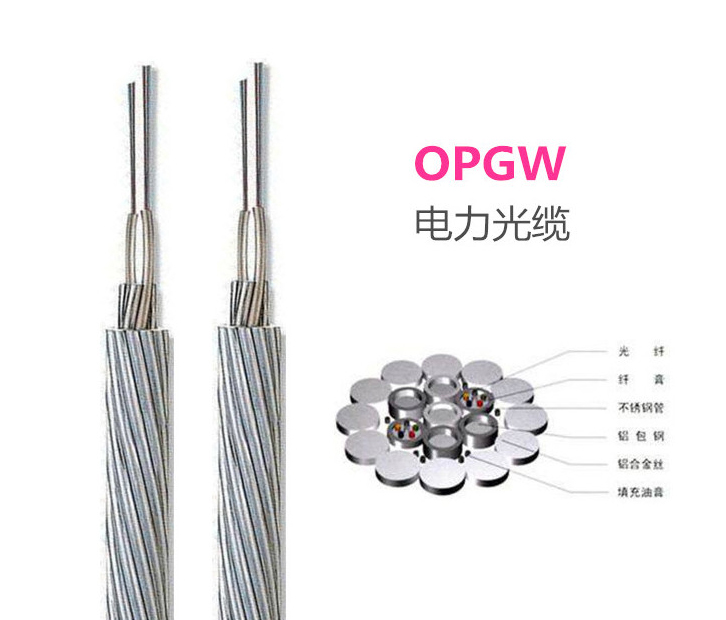


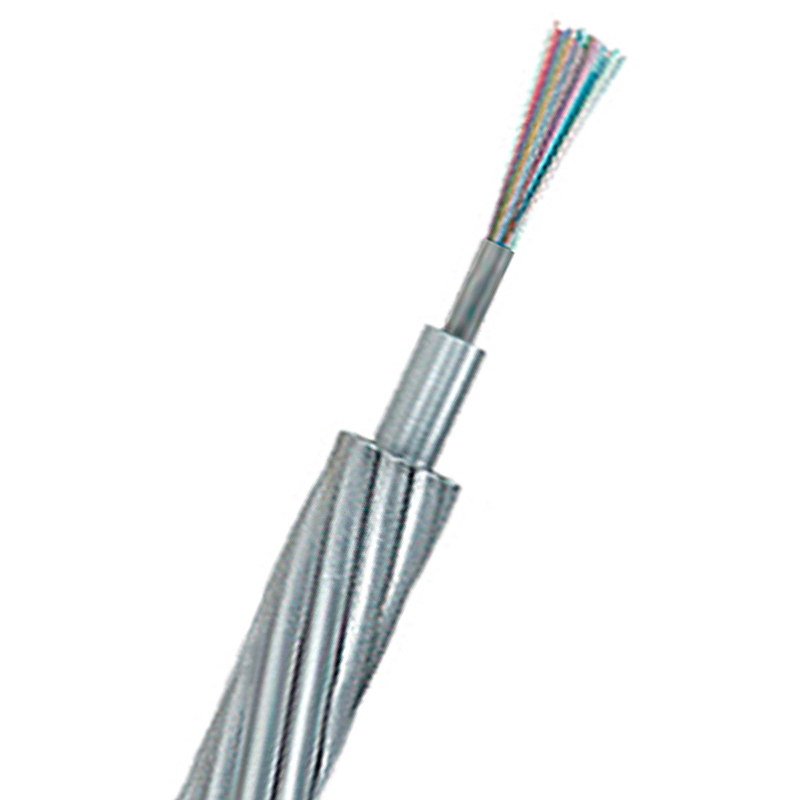
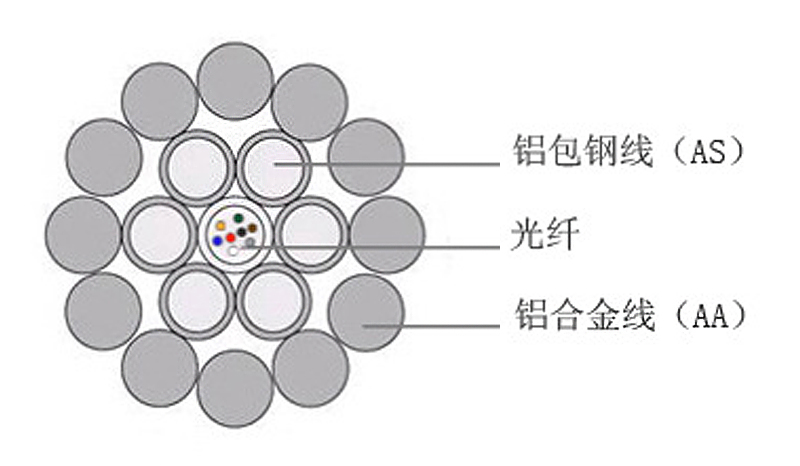
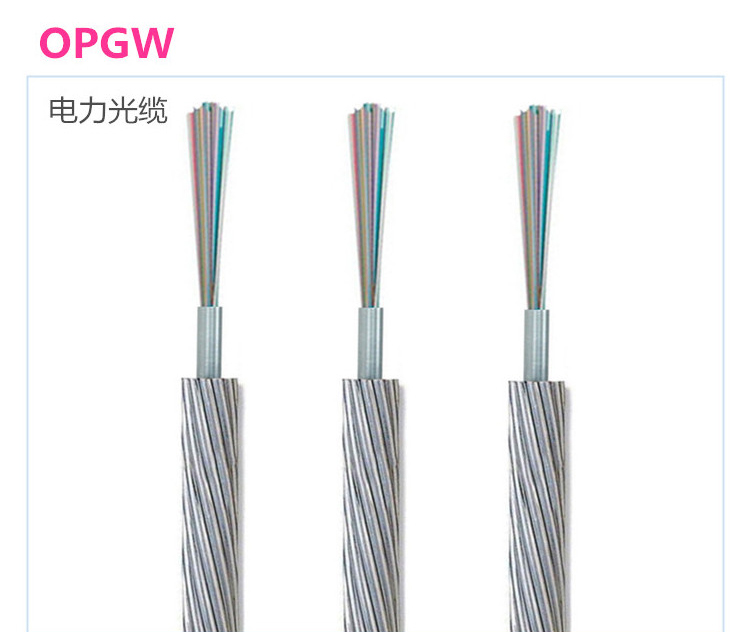
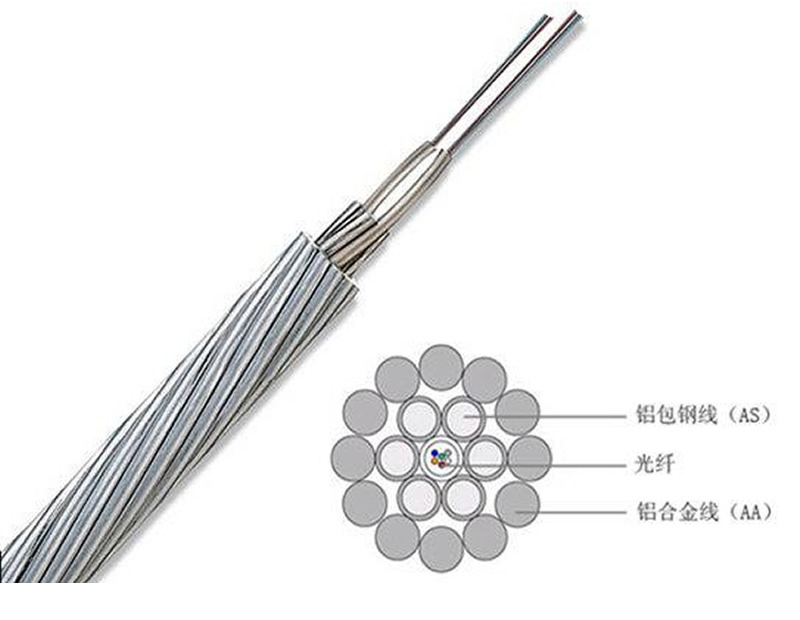
Copyrignt © 2019 RENDER All rights reserved . Shandong Yibo Photoelectric Technology Co., Ltd.
鲁ICP备19014903号 Powered by Clouds platform Technical Support: Shengcan Technology